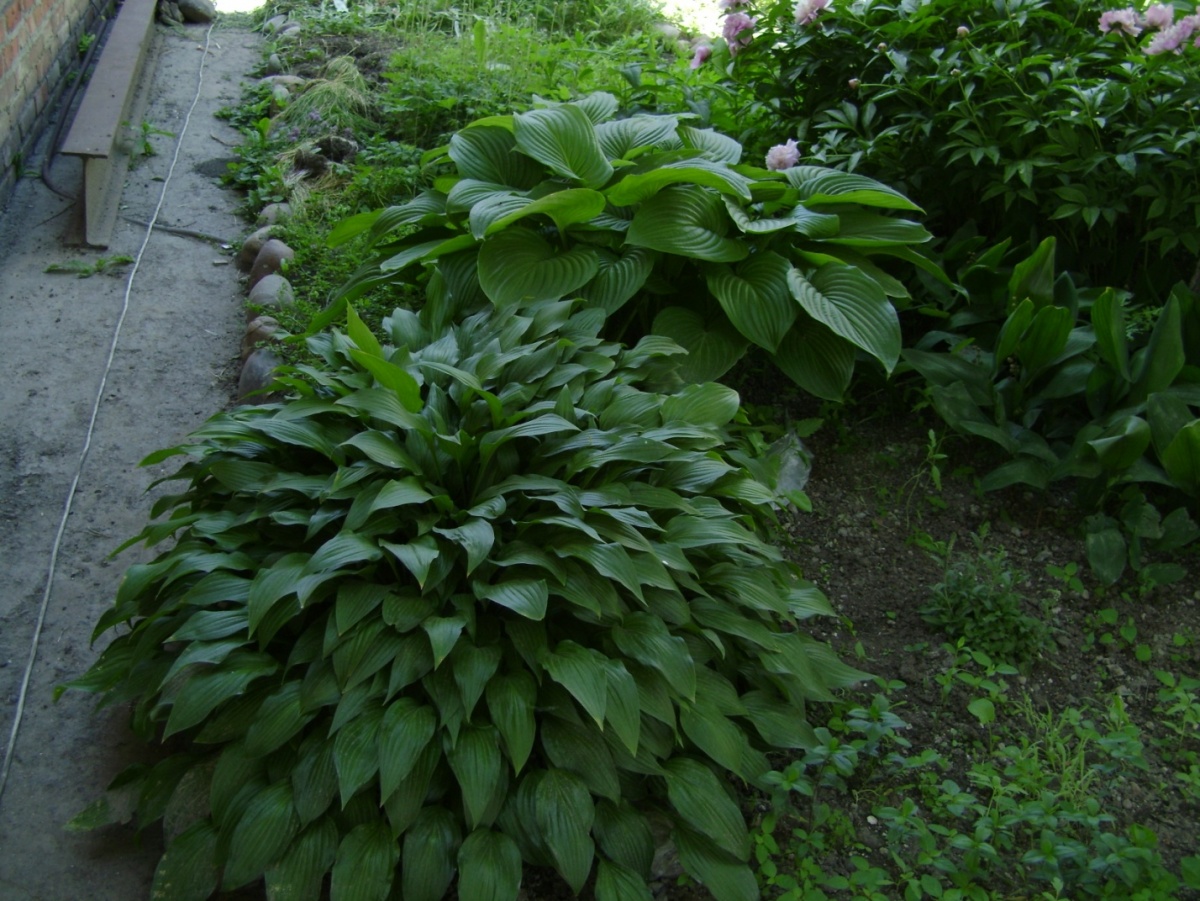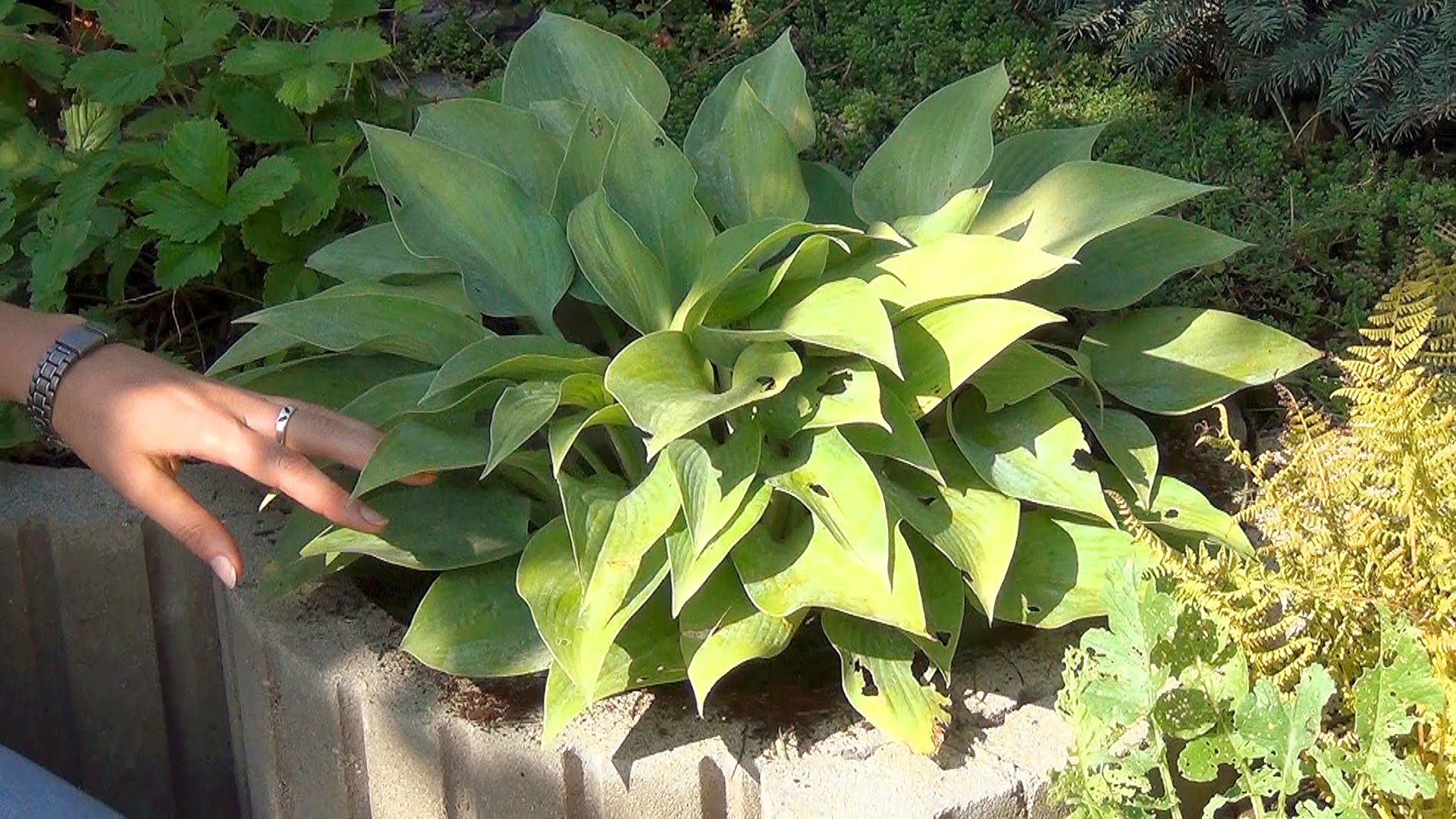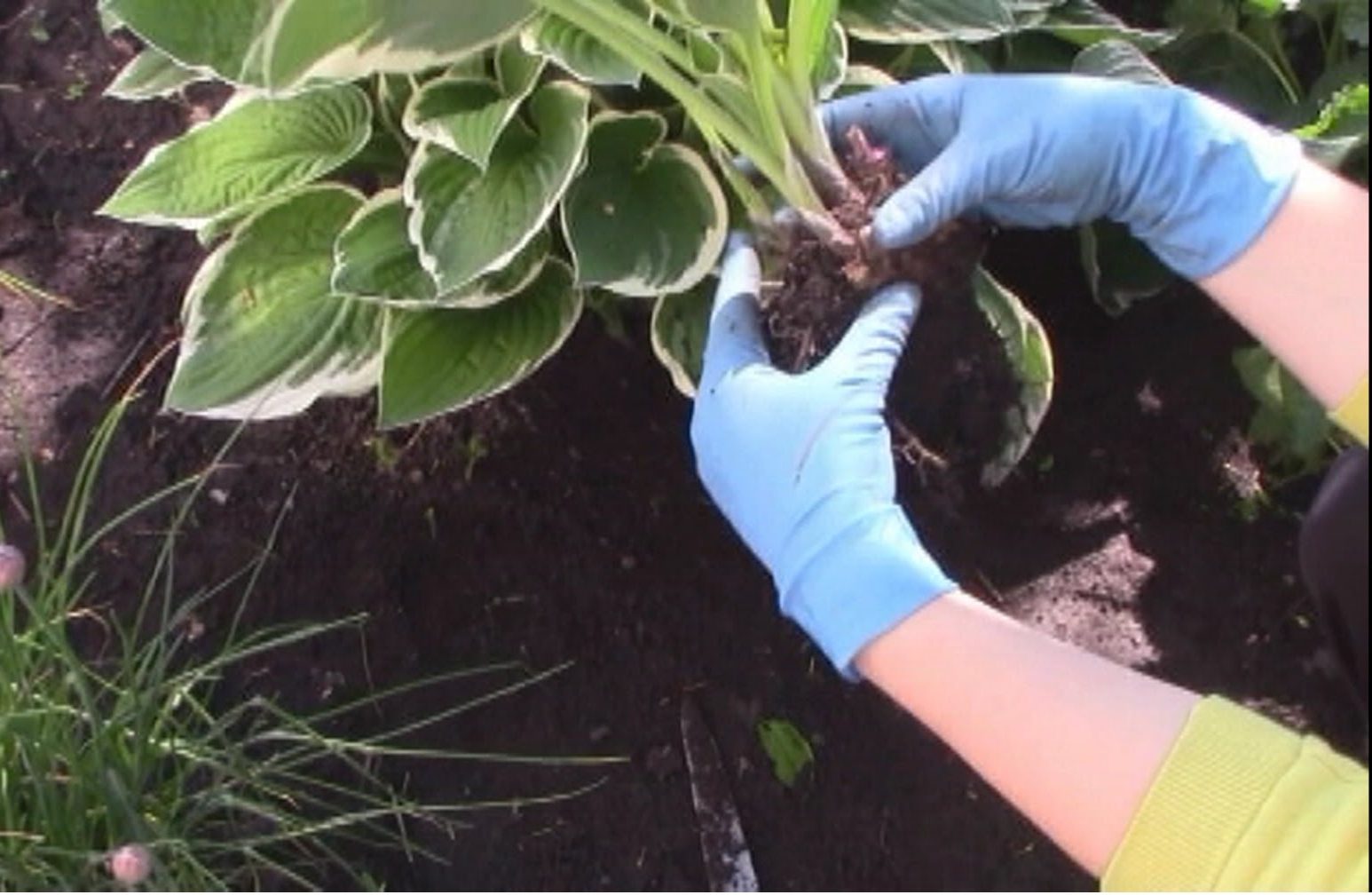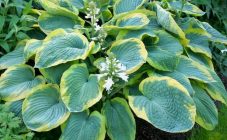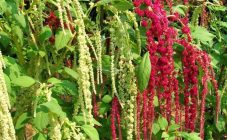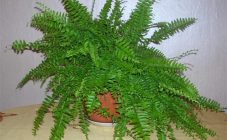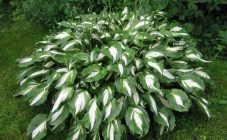Content:
Hosta is an unpretentious perennial plant. These flowers should be grown outdoors. Depending on the variety, they prefer shade or sunny locations. They reach a height of 10 centimeters. Host leaves can be smooth or wavy, matte or shiny. Foliage color ranges from blue to pink.
Agrotechnics
A favorable period for planting hosts is the beginning of spring. At this time, the frosts have already passed, and the plant will have time to take root before the summer heat.
Hosting and growing should not be too difficult. Further, their main stages are considered.
A partially shaded garden area should be chosen as the landing site. Such places can be under trees or near tall plants. An adult hosta should be in the shade, so when choosing a place, you should take into account how tall the flower will grow. All hosts, without exception, love moist soil. You should also make sure the plant is protected from strong winds.
Hosta is an unpretentious plant that grows in regions with a wide variety of climates. The most favorable soil for planting is slightly acidic and always moist. Preparing the soil before planting seedlings in the ground consists in loosening 30 centimeters in depth and adding compost to enrich the soil.
The seedling holes should be of the following parameters: depth equal to the size of the root, twice as wide as the root ball. The distance between flowers is chosen according to the variety. This parameter depends on how much the bush grows, and varies from 30 to 120 centimeters. Next, the host is placed in the hole, so that the top of the root is flush with the ground. Cover the root with soil and press well around the base. After planting, the plant needs to be watered abundantly.
How to take care of your host
Proper care of the plant is the key to its healthy and attractive appearance. Hosta is a moisture-loving flower, it needs regular watering. With insufficient soil moisture, the leaves will begin to wilt and turn brown. Watering should be frequent, the soil should not be dry.
To retain moisture, the soil under the bushes is mulched.
To keep the plant healthy, it needs to be split every five years. To do this, at the beginning of spring, when there are still no leaves, the bush is dug up, and cuttings are separated from its root.
In the first year
Caring for the hosta after planting consists in regular loosening and watering (2 times a week). Weeds rarely appear near the hosts, since the flowers are actively growing. In the summer, fertilizers are applied, and in the fall the bushes are prepared for winter.
Hosta flower care and cultivation in summer
Taking care of the hosta in the summer consists in watering and applying additional fertilizing.
Watering the bushes is carried out at the beginning of the day. Since plants love moisture, watering should be done regularly. Increase irrigation during dry season.
During the season, you need to apply fertilizing three times: during growth, during the flowering period and after the plant has faded. Supplements containing nitrogen, potassium and phosphorus are suitable as fertilizers. Compost and humus are introduced in autumn.
Hosts have been growing in one place for over 20 years.But it is recommended to plant them every five years.
Hosts that grow in the garden need feeding in early spring. During the growth period, they need the following mineral supplements: nitrogen, phosphorus and potassium fertilizers. After fertilizing, the flowers are watered abundantly. Thus, the fertilizer will reach the roots.
Hosta care in the fall
In the fall, before the first frost, pruning is carried out. The procedure consists in trimming the stem with the flower. Leaves should not be touched, they are removed in the spring when they rot. Immediately after flowering, the stem is cut off so that the hosta does not waste energy on ripening the seeds.
For winter, in regions with a temperate climate, plants should be covered for the winter. To do this, you should prepare the flower for wintering. Under the leaves, mulch the soil using grass, sawdust and peat. In the spring, all this will rot, and the plant will receive a portion of organic fertilizers. Leaves are not removed during pruning, thanks to this, the bushes will winter better. The paws of coniferous trees are used as a shelter. It is undesirable to cover with various films, because the bushes will not be able to breathe, and the pests take root well under them.
Hosta plant care and reproduction
Breeding the host is possible in the following ways: dividing the bush, cuttings, growing from seeds and vegetatively.
The division of the bush is carried out in late spring or late summer. The growth period depends on the size. If you separate a small part from the bush, then more time is needed for growth.
The method of vegetative propagation is the most effective for the host. This method allows plants to reproduce much faster than other methods. It is used on an industrial scale. The essence of the method is to grow a plant in a test tube.
Seed propagation is the most difficult way. This process is laborious and time consuming. How to grow hosta from seeds? Planting seeds should be in April. Germination rate is 70%. To increase germination, the following conditions must be observed. Before sowing seeds, they are treated with a growth stimulant. The soil and containers for planting must be disinfected. For this, potassium permanganate or alcohol is used. Drainage is poured at the bottom of the tank, then soil. Moisten the soil well and plant seeds. Cover the container from above with foil. The place is chosen in the shade with a temperature of + 18-25 degrees. Seedlings will appear after two to three weeks. Seedlings are watered moderately. Place containers in a well-lit area, but not in direct sunlight.
The method of propagation with the help of cuttings consists in separating the sprout with the root from the adult plant. The bush can be propagated by cuttings both in spring and summer. With this method, the planting material is immediately ready for planting.
Recommendations of experienced summer residents
Many novice florists ask the question: how to take care of the host in the country? The answer can be provided by experienced gardeners who grow the host at home.
Tips and tricks:
- To protect bushes from slugs, place containers of beer next to them. This measure should scare off pests;
- To increase germination, it is recommended to keep the seeds in the cold for a month;
- For the winter, the host can be transplanted into a pot and grown at home on a windowsill. But experts and growers do not agree on the host's ability to be a houseplant. Some believe that the flower grows comfortably only in the open field, and will quickly wither in a pot. Others believe that, subject to growing conditions, the hosta can be a houseplant;
- The plant is great for garden decoration.With the help of bushes, you can arrange tree trunks. They are planted along the paths as curbs. Look great on flower beds, both in group and single plantings. The hosts are combined with the following colors: geranium, bell, iris, anemone;
- To give a beautiful look, young stems with flowers are cut off the bush. If this is not done, the bush will "fall apart";
- If there are many host species growing on the site, then this increases the risk of getting infected plants. In this case, planting material should be carefully selected, and after planting, the plants should be examined for diseases and pests.
